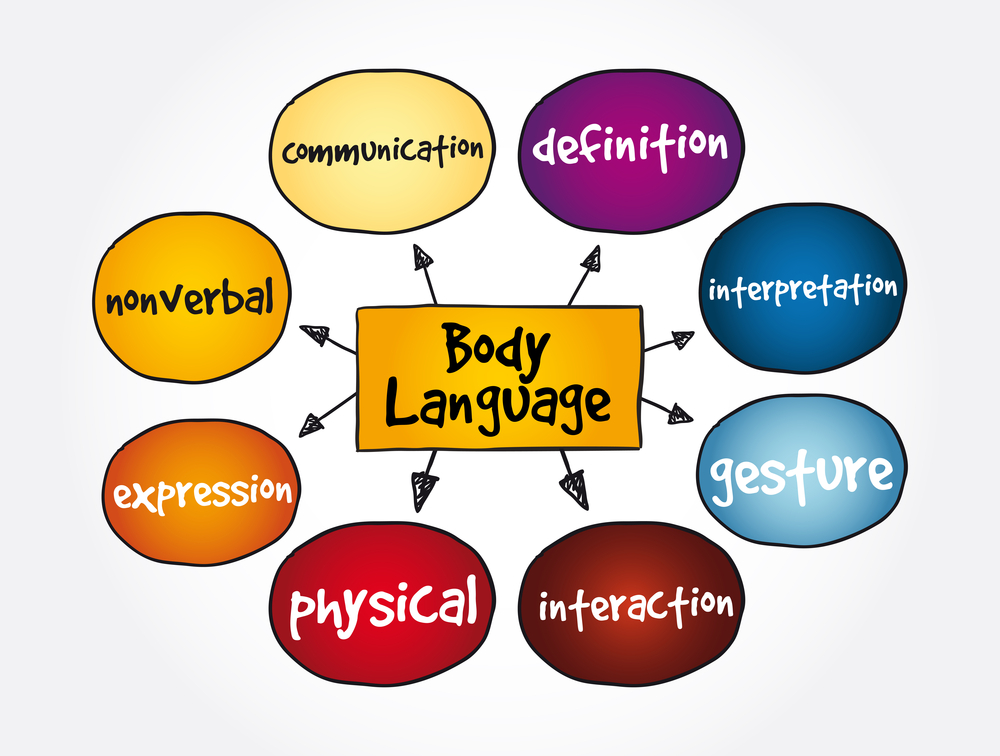
It’s important to create environments where everyone can communicate effectively. When working with individuals who are hearing impaired, understanding their needs and employing appropriate communication strategies is crucial for successful collaboration. Here are essential tips for working effectively with the hearing impaired.

Assumptions?
Don’t make assumptions or jump to conclusions if a person appears to be ignoring you. They may not have heard you. Their mind might elsewhere. Make sure that you are standing in front of them if possible. Wave your hand to get their attention. Never touch the person because they may not be aware of you. It may frighten them.

Face to Face
When speaking with someone who is hearing impaired, make sure to face them directly. This allows them to lip-read and pick up on facial expressions, which are important cues for understanding.
Avoid mumbling or speaking too quickly. Enunciate your words clearly and at a moderate pace to make it easier for the person to follow along.

Visual Aids
Incorporate visual aids such as written notes, diagrams, or presentations during meetings to supplement verbal communication. This provides additional context and helps reinforce understanding.
If necessary, provide written communication through email, instant messaging, or notes to ensure clarity and understanding.

Body Language, Gestures
Utilize gestures and body language to help convey meaning and emphasis. However, be mindful not to overdo it, as excessive gestures can be distracting.

Background Noise
Reduce background noise as much as possible during conversations or meetings. Background noise can make it difficult for individuals with hearing impairments to focus on the speaker’s voice.
Ensure that meeting rooms and workspaces are well-lit and conducive to effective communication for everyone. Consider implementing captioning services for videos or online meetings to make content accessible to all.
![]()
Communication Methods
Ask the individual about their preferred communication methods. Some may prefer lip-reading, sign language, or using assistive devices such as hearing aids or cochlear implants.
Communication may take a bit longer when working with someone who is hearing impaired. Be patient, and avoid interrupting or finishing sentences for them.
Encourage your colleagues to learn basic sign language or communication strategies to facilitate interactions with hearing-impaired individuals. This promotes a more inclusive and supportive work environment.

Conclusion
Following these tips and being mindful of the needs of hearing-impaired individuals, creates a more inclusive and supportive work environment where everyone can thrive. Effective communication is key to fostering collaboration and building strong relationships, regardless of hearing ability.
